Admit it: you’ve raced through your school’s computer lab assignments for the chance to taste that bit of educational candy: The Oregon Trail.
Once a staple in classrooms across the country, the computer game gave students an idea of frontier life, allowing them to hunt, caulk, and roll their way from Missouri to the promised land of the Pacific Northwest—and see how many members of their party could make it there safely.
Along the way, players faced the same type of grueling decisions that plagued the nearly 400,000 actual pioneers who looked for a better life at the end of the road: Forge the river or pay for a raft? Stock up on food or risk a hunting excursion? (Although going hunting was always more fun.)
With the help of your gas-powered wagon, you can still choose your own adventure on the trail today. There will be bridges to help you cross rivers—and hopefully much less danger of dysentery—but the trip still has all the potential to be as fun and educational as the computer game we all loved so well. Just don’t forget to feed the oxen.
Independence, Missouri
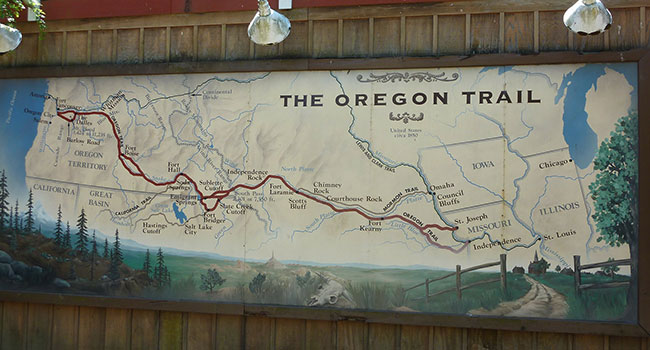
Start your journey where players of the game, and most real-life pioneers, did: Independence, Missouri.
The city is home to a number of beautiful parks and historical sites, including the living history museum at Fort Osage and, for students of more contemporary times, the Harry S. Truman Presidential Library.
But the real jewel of the town for Trail enthusiasts is the National Frontier Trails Museum, one of the top sites in the country dedicated to the subject. Acclimate yourself to life as the pioneers knew it as you prepare to travel the same path that so many of them believed would lead to gold, salvation, or a fresh new start.
Fort Laramie, Wyoming
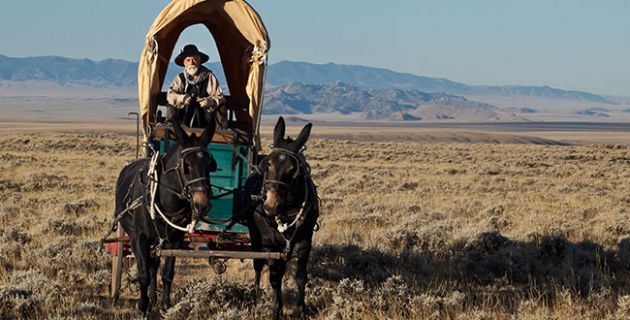
Traveling west about 650 miles along Interstate 80 will bring you to the next important destination for many trail takers, Fort Laramie.
Originally established as a private fur trading station in the 1830s, the “grand old post” hosted hundreds of covered wagons on their journey toward greener pastures, eventually developing into the Northern Plains’ most important military base until it was shuttered in the 1890s.
Today, much of the site has been restored to its former glory, and visitors can take in a number of relics from frontier times—including a nearby preserved set of wagon ruts. They point still westward, toward the next stop on your journey.
Fort Caspar, Wyoming
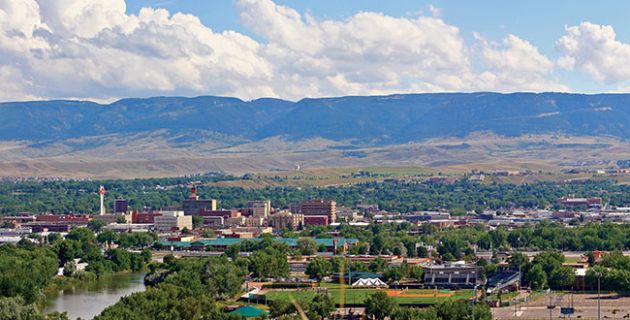
Another important post for pioneers, Fort Caspar is just a short hour-and-a-half ride west from Fort Laramie in Casper, WY.
The structure sits at the crossroads of several important early trails, including the Mormon Pioneer Trail, the California Trail, and the Pony Express route.
Contemporary visitors can get a taste of all the history that passed through the town at the area’s numerous museums, including the National Historic Trails Interpretive Center. This collection includes exhibits on all the paths that crossed the area, as well as old relics like ferries used by pioneers to forge rivers.
Along with its abundance of history, Casper is home to its fair share of natural beauty. Soak in the Western wilderness by skiing, hiking, or camping to get an idea of what trial travelers saw, and to prepare yourself for the next stop on your journey.
Three Island Crossing State Park, Idaho
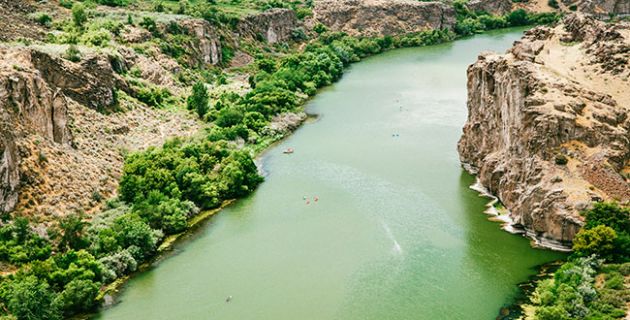
About nine hours west by horseless carriage ride is Three Island Crossing State Park, where Oregon Trail trekkers of yore faced an important crucible: getting across the Snake River.
In the game, dealing with the destination could be deadly. Today, the area provides a beautiful backdrop for anyone who enjoys the outdoors. Grounds can be used for camping, hiking, swimming, biking, and fishing, among other activities.
The amenities may be more modern, but the land remains largely untouched, so you can contemplate the tough decisions facing the pioneers as you swim in the same water and sleep on the same ground.
Let the reverie linger as long as possible before you hop in your new-age wagon to get to your next destination.
Fort Boise, Idaho
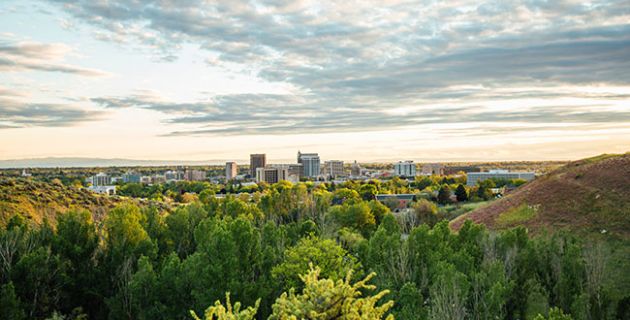
Just 72 miles north along Interstate 84, on the bank of the Snake River, sits Fort Boise, another refurbished fur trapper haunt from the 1830s.
As time went on, the area evolved into a trading post—and an important stop to thousands of travelers who chose to restock on food and supplies instead of hunting and foraging. Today, it’s a museum, with tons of exhibits on pioneer life.
The site is also located in Idaho’s capital, which boasts an aquarium, zoo, water park, and a number of nature preserves and other museums.
Still, the biggest repository dedicated to the Oregon Trail lies farther west along your route.
National Historic Oregon Trail Interpretive Center
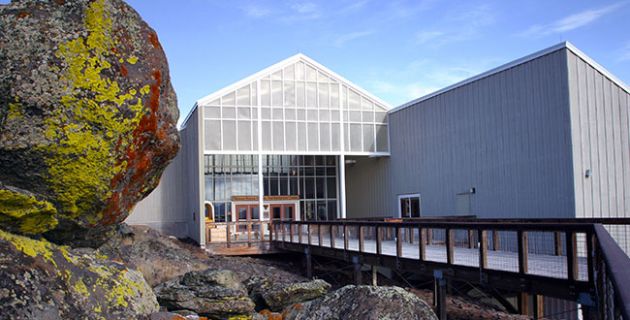
Congratulations, you’ve made it to Oregon!
Continuing along I-84 for about 140 miles will bring you just outside Baker City, to the location of the country’s biggest museum dedicated to the path, the National Historic Oregon Trail Interpretive Center.
Life-sized displays, movie presentations, and remnants of historic gold mines are all part of the 500-acre site, helping you put it all in perspective after trekking the trail yourself.
Nearby Baker City also hosts a number of historical sites, museums, and lovely parks to spend time in.
But your game’s not over quite yet. There’s one final destination to make it to, in order to win the Oregon Trail.
The Barlow Road
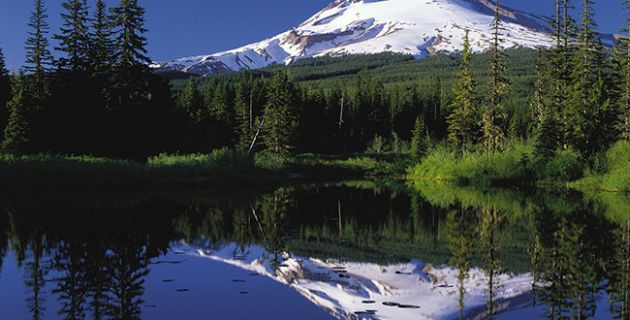
The last stop along the historic route is about 280 miles farther down Interstate 84.
The Barlow Road represents the final stretch of the Oregon Trail. Once a treacherous path circumnavigating Mount Hood, it still provided more stability for pioneers hoping to avoid the rushing deadly waters of Columbia Gorge.
At its terminus, original trail travelers began forging their own paths, seeking out the gold, glory, and freedom promised by the American West.
With the advent of cars, gas stations, and fast food, today the road is much more enjoyable—and visitors can focus instead on its scenic aspects. Get a good glimpse of the Pacific Northwest’s deep greens that so many thousands of travelers yearned for—or died trying to reach.
While you won’t have a point tally to mark the success of your trip, you’ll have plenty of memories—and, hopefully, a newfound appreciation of the trials of those who came before you.
